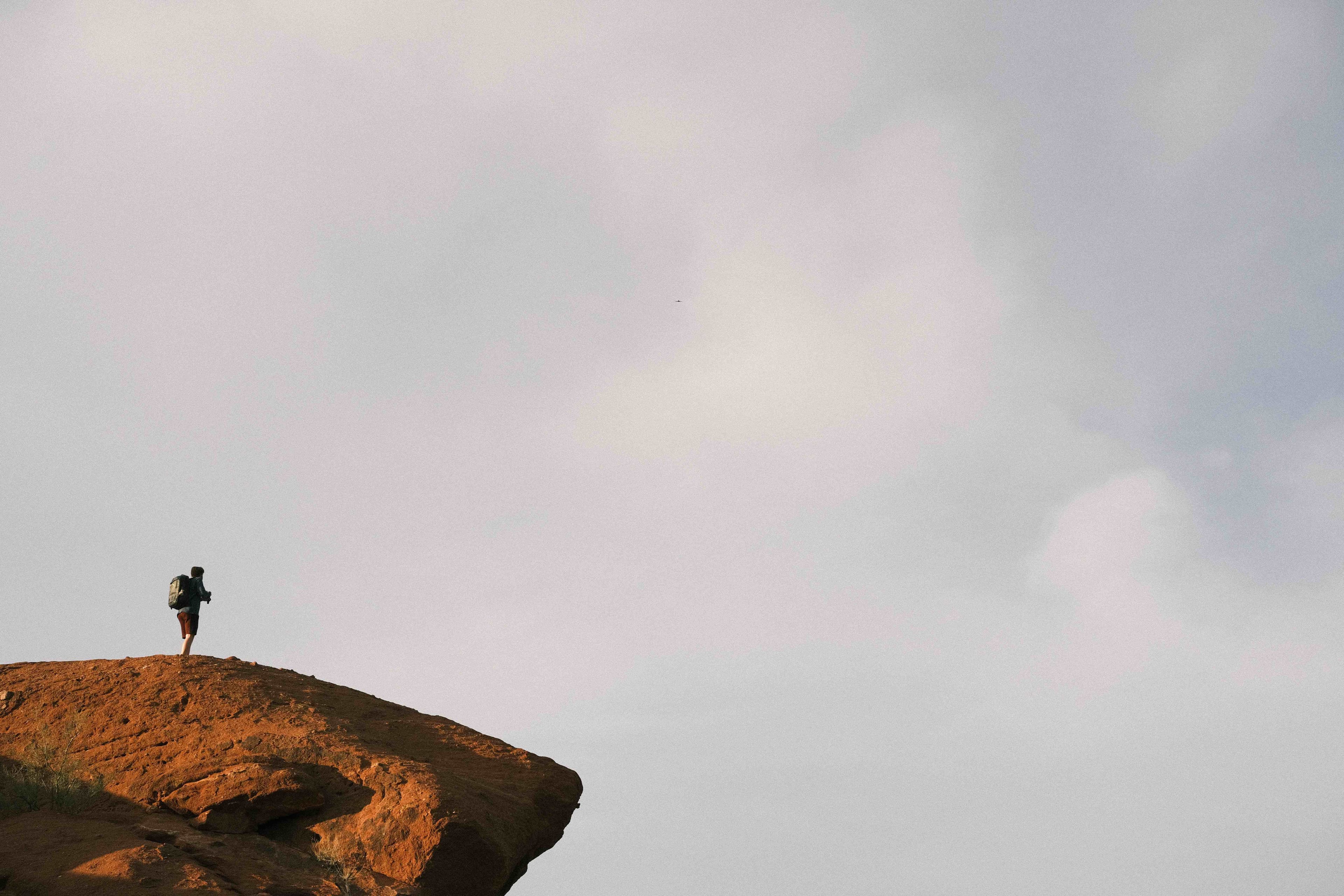
Finding duplicate images with different names involves identifying identical or nearly identical image files despite having distinct filenames. This relies on comparing the actual visual content or digital signatures of the files, rather than their names or basic metadata. Techniques include generating unique cryptographic hashes (like MD5 or SHA-256) for identical files, or using perceptual hashing algorithms (like pHash or dHash) to find visually similar images by comparing compact numerical fingerprints representing image features.
Practically, photographers and graphic designers use duplicate finders like Duplicate Photo Finder or VisiPics to clean up extensive photo libraries. Large platforms like e-commerce sites or social media networks employ perceptual hashing backend systems to detect copyright infringement or optimize storage by preventing redundant image uploads of the same product photos or user content.

Perceptual hashing offers significant efficiency in managing large collections, saving storage and improving organization. However, limitations exist: visually similar but distinct images might be missed, extreme size/resolution differences can pose challenges, and exact cryptographic hashes fail with minor modifications. Ethical considerations include respecting privacy when scanning personal collections and adhering to copyright laws. Future improvements focus on AI-powered recognition for higher accuracy despite transformations or cropping.
How can I find duplicate images with different names?
Finding duplicate images with different names involves identifying identical or nearly identical image files despite having distinct filenames. This relies on comparing the actual visual content or digital signatures of the files, rather than their names or basic metadata. Techniques include generating unique cryptographic hashes (like MD5 or SHA-256) for identical files, or using perceptual hashing algorithms (like pHash or dHash) to find visually similar images by comparing compact numerical fingerprints representing image features.
Practically, photographers and graphic designers use duplicate finders like Duplicate Photo Finder or VisiPics to clean up extensive photo libraries. Large platforms like e-commerce sites or social media networks employ perceptual hashing backend systems to detect copyright infringement or optimize storage by preventing redundant image uploads of the same product photos or user content.

Perceptual hashing offers significant efficiency in managing large collections, saving storage and improving organization. However, limitations exist: visually similar but distinct images might be missed, extreme size/resolution differences can pose challenges, and exact cryptographic hashes fail with minor modifications. Ethical considerations include respecting privacy when scanning personal collections and adhering to copyright laws. Future improvements focus on AI-powered recognition for higher accuracy despite transformations or cropping.
Related Recommendations
Quick Article Links
Can I run software projects from the cloud?
Running software projects from the cloud means using remote, internet-accessible servers (hosted by providers like AWS, ...
Why can't I open this file on my phone?
Phone compatibility issues occur when a device or its software lacks the necessary components to interpret a specific fi...
Can I use AI or automation to improve file categorization accuracy?
Can I use AI or automation to improve file categorization accuracy? AI automation significantly enhances file categori...